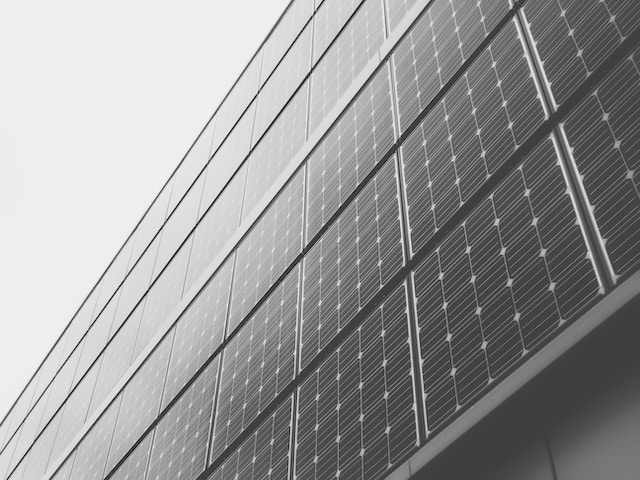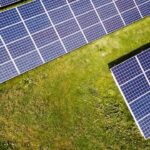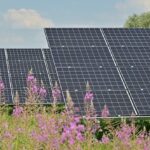Top 20 Global Photovoltaic Silicon Material Value-Added Tax (VAT) Rankings for 2023 Revealed
Introduction:
The official ranking for the Top 20 global photovoltaic (PV) silicon material companies in 2023 has been unveiled, based on their silicon material production capacity for the entire year of 2022. Notably, all the companies featured in this prestigious list are from China, with Germany’s Wacker Chemie AG, the United States’ Hemlock, and South Korea’s OIC being the exceptions.
The Leading Players:
The following is a breakdown of the Top 20 global PV silicon material companies for 2023, along with their respective rankings:
- Tongwei
- GCL-Poly
- Daqo
- Xinte
- East Hope Group
- Asia Silicon
- Wacker Chemie AG
- Lihao Semiconductor Material
- Jingnuo New Energy
- OCI
- Non-ferrous Tian Hong Rec Silicon Materials
- Inner Mongolia ERDOS Resources
- Hemlock
- Dongli Solar
- Risen Energy
- CSG Holding
- Jingyuntong
- Luoyang China Silicon New Material
- Shanghai Aerospace Automobile Electromechanical
- Geely
These top silicon material companies collectively boast a total production capacity exceeding 1.3 million metric tons, with the top ten companies alone contributing over 1.2 million metric tons, representing a staggering 93.16% of the total capacity. Established players like Tongwei, GCL-Poly, Daqo, East Hope Group, and Xinte remain pivotal forces in the PV silicon material industry.
Emerging Stars in the PV Industry:
The PV industry has witnessed remarkable performances from new entrants. Lihao Semiconductor Material, a company founded in 2021 with an investment from Aiko Solar Energy, has achieved a place among the top ten companies in less than two years. Glass manufacturer CSG Holding and silicon material producer Jingyuntong have seized opportunities to develop their PV businesses while elevating their silicon material production capacity to over 8,000 metric tons, securing positions at 16th and 17th place, respectively.
Geely, a major automotive industry giant, entered the silicon material race in 2021 and, by the end of 2022, had initiated production for its 2,000 metric tons polycrystalline silicon pilot line project. PV module manufacturer Risen Energy strategically acquired a stake in Concentrated Photovoltaics (CPV) to establish low-cost silicon material production capacity, catapulting it to the 15th position globally.
Notably, Canadian Solar, a PV module shipping leader ranked seventh globally, announced plans in 2023 for industrial silicon production capacity of 120,000 metric tons and silicon material capacity of 100,000 metric tons, aiming to take control in the PV integration domain.
The Ever-changing Silicon Material Market:
The silicon material market in 2023 remains unpredictable, with the earlier dramatic price drops leaving several second-tier and third-tier manufacturers struggling to compete. However, many companies have capitalized on better entry timing, cost advantages, and robust corporate strength to make remarkable advances.
Although silicon material prices have rebounded after reaching their lowest point, the consistently decreasing rate of increase indicates some fatigue. As production capacity enters an oversupply phase, competition among silicon material companies is expected to intensify further.
Conclusion:
The unveiling of the 2023 Top 20 global photovoltaic silicon material companies demonstrates China’s continued dominance in the PV industry. Established giants and emerging stars alike are making their mark, reshaping the competitive landscape. As the industry grapples with fluctuating prices and increased production capacity, the battle among silicon material companies is set to become even fiercer in the coming years, solidifying the PV sector’s pivotal role in global renewable energy production.






